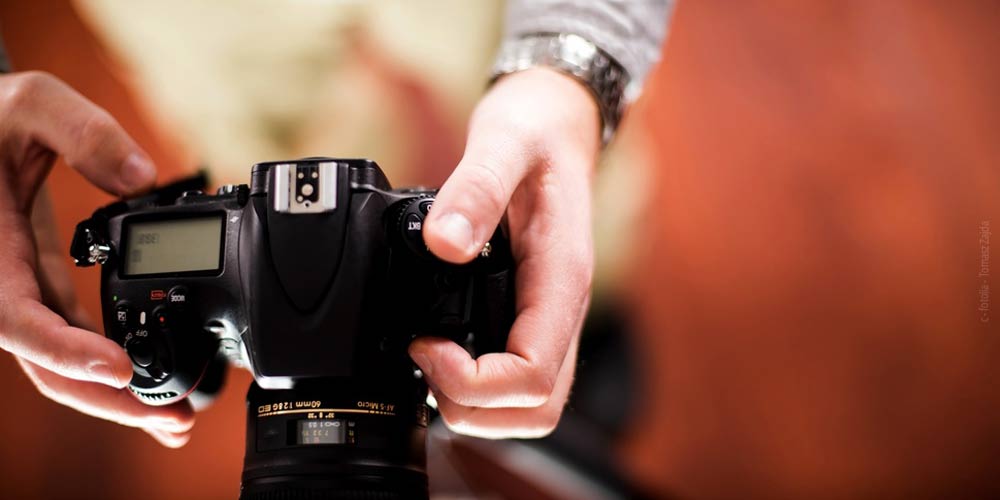Sensor contamination: Self-cleaning of the camera or manual cleaning?
Just like the front lens on the lens, the sensor can get dirty over time and must be cleaned. This can be seen in so-called sensor spots, which are mainly visible on bright surfaces in the photo. These are small or slightly larger black spots. You probably know them too well enough. So you can deal with this stain.
Sensor cleaning: Are there any sensor spots at all?
To determine if the stains on the photo are due to sensor contamination, proceed as follows. Choose a large aperture value, focus on infinity and photograph the sky. Then take a close look at the shot, magnifying it if necessary, and look for black spots. Often they cavort at the edge of the sensor. So if you find any, you can also send your camera to the customer service, which takes a long time and is quite expensive. Alternatively you can let your camera do it for you. The function “Sensor cleaning” can be found in the menu of the camera. However, the result of this self-cleaning function is usually rather poor. So doing it yourself is the keyword.
Sensor cleaning: How does that work?
All you need is a steady hand and – as so often – the right tool. Depending on the stubbornness of the dirt, you can first try a dry cleaning with air. In addition there are bellows (alternatively you can buy a can of compressed air in a DIY store), with which you can blow off the sensor. Never just blow with your mouth! The sensor would then be dirtier than before because you can never really blow dry. To do this, remove the lens, fold up the mirror (this point can also be found in the menu of your camera, probably under Maintenance or the like), hold the camera with the opening downwards and blow it out several times. Then test it to see if it helped.
Wet cleaning of the camera sensor
If not, you can try wet cleaning. For this you need a special cleaner, which you can also get in the shops, and a special cleaning pad. This is a wedge-shaped piece of plastic that you can use to spread the cleaner over the sensor. It is as wide as the sensor (so make sure you buy the right size depending on the camera) and can therefore be painted over the sensor in one go.
Please do not use cotton swabs. They’re linting way too hard; you almost can’t get that stuff down. Then proceed as for dry cleaning: Remove the lens and lift up the mirror. Afterwards you moisten the pad with the cleaner and pull it from one side to the other over the sensor. Allow to dry and test whether everything is now clean. Repeat if necessary. Instead of the special cleaner you can also use Isopropanol, which you can get in the pharmacy for much less money.
Result: Dry or wet cleaning – depending on the degree of contamination
Sensor cleaning is a necessary but easily manageable evil. Depending on the degree of soiling, dry cleaning with a bellows is sufficient or wet cleaning with a special cleaner or isopropanol is necessary. In the latter case, it is advisable to work with a special cleaning pad that can be purchased in stores.








